Americans can’t imagine life without digital banking apps anymore. 62% of customers say they’re essential to their daily routine. The numbers keep growing, and experts predict 217 million people in the United States will use digital banking by 2025.
These apps bring amazing convenience, and 78% of users check them every week. But banks aren’t telling you the whole story about their digital services and how they might impact your financial health. Most people want simplicity – 86% prefer having all their banking needs met through a single app. This makes picking the right banking app a vital decision.
This piece will show you what sets the best banking apps apart from the rest. You’ll learn about hidden fees and how banks utilize your personal data. We’ll take a close look at popular options like Chime, Varo Bank, SoFi, and Ally. Each app comes with its own perks, ranging from zero monthly fees to high-yield savings accounts. Let us help you understand the digital world of banking with information that banks might not want you to know.
What Makes Digital Banking Apps So Popular in 2025
Mobile banking has become second nature for millions of Americans in today’s ever-changing world. Most banks have moved from traditional branch services to digital-first approaches that match what customers want. Recent data shows 81% of customers manage their accounts via mobile devices at least once a month. This highlights how central these apps have become to modern money management.
Convenience and 24/7 access
Mobile banking apps have gained widespread adoption because people can bank whenever and wherever they want. Research from Forrester shows that 73% of online adults in Australia, 68% in the UK, and 65% in the US believe they should complete any financial task through a mobile app. This need for round-the-clock service has brought a fundamental change to banking.
Industry experts point out: “The expectation of 24/7 access to financial services is a response to the availability consumers have become accustomed to across more than just the financial industry”. Today’s customers just need smooth experiences that fit their busy lives instead of planning around bank hours.
Mobile banking apps give users quick access to essential financial tasks without time limits. Users can:
- Check balances and review transaction histories at any hour
- Transfer funds between accounts instantly
- Pay bills and set up automatic payments
- Deposit checks remotely through photo capture
- Receive live alerts about account activity
A Fed survey revealed that 62% of mobile banking users checked their account balance on their phone before making big purchases in stores. Half of them decided against buying based on their available funds. This live financial awareness gives users a big advantage over traditional banking methods.
This ease of use does more than save time—it changes how people handle their money. Mobile banking has grown from simple account checking into a detailed financial management tool. Users now rely more on built-in features that help track spending, create budgets, and watch credit scores.
Faster transactions and automation
Digital banking apps have become popular because they process transactions almost instantly. Traditional banking systems took days to complete certain operations. Today’s apps use live payment systems to move money within seconds.
Fast payment systems, also called instant or real-time payments, offer “instant transmission of the payment message and immediate availability of funds to the beneficiary on a 24/7/365 basis”. This marks a huge improvement over older systems that only worked during business hours and made people wait for funds to clear.
Faster payment technologies have improved several types of transactions:
Account transfers now take seconds instead of days. Users don’t need to plan money movements ahead of time anymore. Person-to-person payments through banking apps let people transfer funds right away using just an email address or phone number. Splitting bills, paying friends, or sending money to family has become much easier.
Automation has also changed routine banking tasks. Process automation remains “center stage as traditional banks strive for more operational efficiency”. These automated systems become even more powerful when combined with artificial intelligence. They create a system where data insights drive smarter, faster business processes.
Mobile check deposits show this development well. Users can deposit checks through their apps by taking photos—no need to visit branches. Automated bill payments also handle recurring expenses on time without manual work.
The addition of generative AI will boost these features further and make banking more personal and intuitive. Experts predict that “generative AI will be fully integrated into every aspect of banking, automating routine tasks” by 2030. This suggests today’s automation benefits are just the start of bigger changes ahead.
The Hidden Costs Banks Don’t Advertise
Digital banking apps look convenient on the surface, but those slick interfaces often hide unexpected fees that eat away at your money. Banks deliberately tuck these charges into long documents filled with terms and conditions. You might not notice them until they show up on your statement.
Monthly service and overdraft fees
Modern banking apps haven’t gotten rid of monthly maintenance fees. Most traditional banks charge between $4 and $15 monthly on simple checking accounts. You can dodge these fees by keeping minimum balances or setting up direct deposits. The catch lies in those minimum requirements that are easy to miss.
Banks make a lot of money from overdraft fees. Some online-only banks like Chime and Varo don’t charge them anymore, but many traditional banks with mobile apps still do. Right now, the average overdraft fee is about $33 each time it happens. Banks can hit you with multiple charges in one day if you make several transactions with a negative balance.
The way banks handle overdraft fees should raise red flags. Here’s what you need to know:
- Banks often process your biggest payments first instead of going by time, which can trigger multiple overdraft fees
- They sign you up for “overdraft protection” programs without explaining the costs
- Their “courtesy” overdraft coverage comes with hidden fees that cost more than declined transactions
Banks also charge non-sufficient funds (NSF) fees if they reject transactions due to low balances. These fees run from $25 to $36 per attempt, even if the payment doesn’t go through.
ATM and foreign transaction charges
Cash withdrawals still matter even with digital banking apps. Banking applications promote their “fee-free ATM networks” but stay quiet about costs outside these networks.
Using ATMs outside your network hits you twice: your bank charges $1.50 to $3.50, and the ATM operator adds another $2 to $5. Regular cash users see these fees add up fast.
Digital banking apps don’t make their international transaction policies clear. Foreign transaction fees range from 1% to 3% of your purchase and apply to:
- ATM withdrawals in foreign countries
- Credit or debit card purchases in foreign currencies
- Online purchases from international merchants, even in USD
Digital banking apps have other hidden fees you should watch out for. Your account might get charged for inactivity if you don’t use it for 90 days. Banks also push digital statements by charging $2-5 monthly for paper copies.
That “free” banking app could cost you more than expected once all these fees pile up. Take time to read the full fee schedule in the terms and conditions before picking a digital banking app.
Banks market their digital services as money-savers compared to traditional banking. The truth is that many old-school banking fees live on behind those user-friendly screens. Knowing these potential costs helps you pick banking apps that give you the best value for your money.
How Banks Use Your Data Through Apps
Digital banking apps have sleek interfaces, but few customers know about the sophisticated data collection system running behind them. 73% of U.S. consumers now connect their money-related apps to financial accounts. Banks can see into your financial life in ways that go way beyond traditional banking.
Tracking spending habits
Your digital banking apps do more than store transactions—they analyze them. AI-powered mobile banking apps inspect and predict how users spend their money. These apps turn this analysis into applicable information to help with budgeting. Major banks now use automated tools to sort purchases and build detailed profiles of how you handle money.
Banks learn a lot about your life through these tools:
- Your banking app tracks your shopping locations and times
- It monitors category-wise spending
- It spots your subscriptions and regular payments
- It uses patterns to guess your future money decisions
This tracking does more than just help with budgets. A privacy expert explained, “Banks have the secret weapon in that they actually know what we spend money on. It’s a better predictor of what we’re going to spend on”. Google and Facebook can only guess your interests from online activity, but your bank sees your actual purchases.
Most people like these features. 96% of consumers think their bank’s online and mobile apps are “excellent,” “very good,” or “good”. Apps like Capital One even find recurring charges and subscription fees you might have missed. This helps users cut down on extra expenses.
Selling anonymized data to third parties
Your financial data often becomes a money-maker for banks, but most users don’t know this. Banks work with marketing companies like Cardlytics to profit from transaction data. Cardlytics claims access to 184 million customer accounts, using spending information to help retailers.
Major financial institutions commonly use these practices. Wells Fargo, JPMorgan Chase, Bank of America, PNC, and SunTrust create retail offers based on customer spending data. The process works like this:
- Banks look at your transaction history
- They find spending patterns and priorities
- They share this data (supposedly anonymous) with marketing partners
- These partners create offers based on your history
- The bank shows these offers in their app
- The bank gets paid when you use these offers
Banks don’t see exactly what items you bought at Amazon, but they can make good guesses from store types and purchase amounts. Specialized stores like “Famous Footwear” make it obvious what you bought just from the transaction.
Banks used to be “like your psychiatrist or your minister—your bank kept secrets”. Now they see your transaction data as something to profit from.
Privacy researchers have found that “anonymized” data can be traced back to individuals under certain conditions. Privacy experts worry that your spending habits could affect other parts of your life—eating lots of fast food might make insurers see you as a health risk, or regular bar visits could worry car insurance companies.
Banks hide most of this data sharing in long terms and conditions. 90% of people don’t read these carefully. Rather than asking directly, banks include these programs in general agreements. You have to opt out yourself to protect your data.
Security Promises vs. Reality
Banks aggressively market their digital banking apps’ security features. They love to showcase their “military-grade encryption” and “cutting-edge biometric authentication.” The reality behind these impressive claims is more complex. Customers should understand this before they fully trust these systems.
What encryption really protects
Banking apps use sophisticated encryption to protect your data. Most apps implement high-end encryption technologies that turn sensitive information into unreadable code. Your financial data becomes nearly impossible for hackers to intercept during transmission. The banks don’t emphasize what this encryption actually protects—and what it doesn’t.
Encryption only secures data as it moves between your device and the bank’s servers. It provides minimal protection if someone compromises your device or finds weaknesses in the app’s design. A 2020 study by Positive Technologies showed something troubling: attackers could access user data in 13 out of 14 mobile banking applications from the client’s side.
The complete security picture shows encryption’s limitations:
- Encryption can’t protect you from phishing attacks or malicious apps
- It offers no safeguards against insecure Wi-Fi connections
- Server-side vulnerabilities may still exist (the same study found an average of 23 server-side vulnerabilities per app)
- Encrypted data remains vulnerable if access credentials are compromised
Banks definitely invest heavily in security measures—they spend billions to protect customer accounts. They monitor vulnerabilities continuously and patch them before criminals can exploit them. All the same, no security system is impenetrable, whatever the marketing claims suggest.
Risks of biometric and device-based logins
Biometric authentication stands out as one of banking security’s biggest advances. Banks use your fingerprints, facial recognition, or voice identification. Many banking apps rushed to implement these technologies without addressing their limitations properly.
Device-based authentication verifies identity through possession of your smartphone rather than knowledge of a password. This category includes one-time passcodes through SMS or authenticator apps. This convenient approach has fundamental weaknesses.
The biggest problem lies in device-based authentication’s inability to verify the user’s identity. It only confirms physical access to the device. This creates several problems:
Multiple people might register their fingerprints on one device, which weakens security. Biometric systems can fall prey to spoofing attacks. This forces banks to combine biometrics with other verification methods.
Device-based security creates a weak link. Fraudsters can easily take over accounts if they steal your device, especially since users rarely log out of banking apps. Smart attackers often bypass security PINs and passwords to access all personal information on the device.
Biometric data’s permanence raises serious concerns. You can’t change compromised biometric data like you can with passwords. Banks must use strict data privacy measures, including advanced encryption and secure storage to protect this sensitive information.
Two-factor authentication improves security substantially but isn’t perfect. Password managers offer better security than reusing passwords across sites, but they aren’t completely safe either.
Modern authentication methods’ convenience often sacrifices absolute security—a tradeoff that bank marketing rarely mentions.
Top 8 Digital Banking Apps in the USA
The mobile banking marketplace has grown faster than ever, with several options that stand out by offering unique advantages to different users. Eight banking apps have become front-runners in this competitive space, each earning their place through their features, ease of use, and customer satisfaction.
Chime
Chime sets itself apart from other digital banking apps by focusing on accessibility and avoiding fees. Users don’t need minimum balances or pay monthly fees, and they can access over 50,000 fee-free ATMs across the country. The SpotMe® feature gives qualifying members overdraft protection up to $200 without fees. The new Chime+ premium tier now gives users a 3.75% APY on savings accounts plus exclusive cashback offers and priority customer support.
Users can build their credit history with the app’s Credit Builder Visa Credit Card without credit checks or minimum security deposits. The company’s data shows members who use this feature see an average FICO score increase of 30 points.
Ally
Ally’s mobile banking app gives users complete account management without physical branches. The app shines especially when you have its 24/7 live customer support and ATM fee reimbursement up to $10 per statement cycle. Users can organize multiple savings goals within a single account using the “savings buckets” feature.
The app makes building financial reserves simple with automated savings tools. Their high-yield savings account comes with a competitive 3.60% APY and no minimum deposit or monthly fees.
SoFi
SoFi’s banking app blends traditional banking with complete money management tools. Users can deposit checks through their phones, while security features let them set up account alerts and freeze cards. The platform draws many users with its budgeting tools that help organize finances.
Capital One
Capital One’s app gets high marks for its accessible design and distinctive features. The Eno virtual assistant helps users by sending alerts about potential issues like duplicate charges. The app lets users lock lost cards instantly and keep track of their credit score through Credit Wise.
The “Add Cash in Store” feature stands out by letting users deposit money at CVS, Walgreens, or Duane Reade locations using the app’s generated barcode.
Bank of America
Bank of America’s app showcases Erica®, their virtual financial assistant. Erica helps find transactions, handle bill payments, and sends helpful alerts with financial insights. Users can deposit checks, pay bills, and move money between accounts.
Users can manage both their Bank of America banking and Merrill investing accounts in one place through smooth integration.
Chase
Chase’s mobile banking app has QuickDeposit for check deposits, immediate account alerts, and bill pay services. Users can track their credit scores and get free credit monitoring through Chase Credit Journey.
The app ended up giving users a complete financial picture, letting them check balances, watch their spending, and set up automatic payments—all with top-rated security features.
Varo
Varo’s mobile app gives users a 5% APY on savings up to $5,000 (and 2.5% on higher amounts). There are no monthly maintenance fees, plus users get early direct deposit access and automated saving tools that round up purchases.
The Varo Believe credit card doesn’t need a credit check, has no annual fee, and charges no interest. Users typically see their credit scores jump by 40+ points after three months of paying on time.
Discover
Discover’s mobile app connects users to over 60,000 fee-free ATMs and comes with an ATM finder. Users can set up custom alerts for payment reminders, spending updates, and security concerns.
The app’s “Quick View” feature lets users see account information without a full login, striking a balance between convenience and security.
How to Choose the Best Mobile Banking App for You
Flashy marketing shouldn’t be your guide when picking a digital banking app. My experience analyzing dozens of banking apps shows that your financial habits should determine which app works best for you—not clever advertisements.
Check for hidden fees and fine print
Understanding the complete fee structure stands as the most important part of choosing a banking app since hidden costs can substantially affect your finances. Note that traditional banks typically charge around $5 monthly for simple accounts. Most digital banking providers offer accounts with no maintenance fees. Among major providers, Capital One remains the only traditional bank that doesn’t charge monthly maintenance fees.
Banking apps often hide various charges in their terms and conditions:
- Overdraft fees (averaging $33 per instance)
- Foreign transaction fees (ranging from 0.5% to 1.75% for instant transfers)
- Paper statement fees ($2-5 monthly)
- Card replacement fees
You should check if the app charges for immediate transfers. Cash App, PayPal, and Venmo take 1.75% (up to $25) for instant transfers. Zelle provides this service without extra fees. The minimum requirements matter too—some processors might penalize you if you don’t meet specific transaction volumes.
These potential costs make it essential to review the complete fee schedule before you commit to any banking app. Account agreements or terms and conditions documents usually contain this information.
Review customer support and app ratings
Quality customer support plays a vital role in picking a digital banking app. In stark comparison to this, 64% of customers say their mobile banking app doesn’t help them solve support issues quickly—if at all.
The support options should include:
- 24/7 availability across multiple channels
- In-app live chat functionality
- Response time metrics
The app’s usability matters just as much as support. Basic functions like paying bills, transferring money, and depositing checks should be simple. On top of that, it helps to see if the banking app speaks your language—Bank of America, Capital One, Chase, U.S. Bank, and Wells Fargo all offer Spanish options.
Recent reviews about technical stability and customer service experiences tell the real story. The best banking apps maintain Net Promoter Scores above 85, showing strong customer satisfaction.
Smart Features That Actually Help You Save
Modern digital banking apps provide more than simple account access—they equip users with powerful tools to grow their money actively. Bankrate’s emergency savings report reveals 66% of Americans worry they couldn’t cover one month of living expenses with their savings if they lost income. Banks have stepped up with innovative features to help solve this challenge.
Spending buckets and auto-savings
Smart banking apps now digitize the traditional envelope budgeting system with sophisticated organization tools. These “buckets” or “envelopes” let you split your money into specific categories for different purposes. Ally Bank’s customers can create up to 30 customizable spending buckets that track expenses like groceries or entertainment. This visibility helps you spot areas where you might overspend without noticing.
Building wealth becomes easier with auto-savings features that eliminate the need for willpower. Chase’s Autosave tool schedules recurring transfers between accounts and saves part of each paycheck automatically. Fifth Third Bank’s Smart Savings studies your spending patterns and identifies small amounts that safely move to savings without disrupting your budget.
Banks have rolled out even more innovative approaches:
- Ally’s Surprise Savings reviews your checking account history and moves “safe-to-save” amounts to savings
- Varo’s Save Your Pay shifts a percentage of direct deposits straight to savings
- Huntington’s Money Scout examines spending habits to find optimal savings amounts
Cashback and rewards programs
Digital banking apps have revolutionized how customers earn rewards on everyday spending. Bank of America’s BankAmeriDeals program displays cashback offers from specific merchants right in their mobile app. Customers can easily check eligible deals while shopping to maximize their rewards. On top of that, the bank’s Preferred Rewards program gives 25% to 75% more rewards on credit card purchases based on your tier.
Chime Deals comes with a fee-free feature that gives cashback on everyday purchases like gas and groceries. The cashback lands automatically in your account within 10 business days without any manual redemption steps.
U.S. Bank’s mobile app makes rewards redemption simple through a dedicated rewards tab where you can convert points to credit, merchandise, gift cards, or travel. Smart Rewards lets customers unlock better benefits as their combined account balances grow.
These smart features help you save money and change your relationship with money by making good financial habits almost automatic.
Tips to Protect Yourself While Using Banking Apps
Security must be your top priority at the time you use any financial app on your smartphone. A proper setup and watchfulness can substantially reduce unauthorized access risks to your accounts.
Enable two-factor authentication
Two-factor authentication (2FA) [link_1] is a vital extra layer that protects your digital banking experience. This security measure combines something you know (your password) with something you have (typically your smartphone). The Federal Trade Commission compares 2FA to “using two locks on your door,” which creates another barrier against potential account breaches.
Banking apps now provide these 2FA options:
- Push notifications sent directly to your device
- Text messages containing one-time codes
- Email verification codes
- Phone calls with verification information
- Dedicated authentication apps
Your access codes should stay private—not even bank employees should see them. Note that legitimate financial institutions will never ask you for these codes. Two-factor authentication may not be perfect, but it makes account takeovers much less likely.
Monitor account activity regularly
Setting up proper authentication should lead to a routine review of your transaction history. Security experts suggest checking your accounts at least once a week. Daily monitoring gives you the best protection.
Your banking app’s transaction alerts are a great way to get notifications about:
- Deposits and withdrawals
- Purchases above certain amounts
- Suspicious activity
Quick detection of unauthorized transactions minimizes financial losses. You have better chances of reimbursement if you report fraud quickly when someone steals your debit card or compromises account details.
Your device’s operating system, internet browser, and banking applications need regular updates to maintain current security patches. Strong authentication and careful monitoring create a solid defense for your digital financial life.
Conclusion
Digital banking apps are reshaping the way we handle our money. They give us round-the-clock access and make managing finances easier than ever before. These apps pack impressive features from instant transfers to smart AI that helps you save. But banks don’t tell you everything about their digital services. They stay quiet about hidden fees that eat into your balance, extensive data collection, and security gaps that even encryption can’t fix.
I’ve found that banks love to promote their “military-grade encryption” and fingerprint security. These safety measures sound great but have limits you need to know about. The apps offer some great tools like automatic savings and expense tracking. At the same time, they watch your spending habits closely and sell this information to stores and marketers.
You can protect yourself by becoming a smart user. Read those fee schedules carefully, turn on two-factor authentication, and keep an eye on your accounts regularly. Digital banks like Chime and Varo have gotten rid of old annoyances like monthly fees and overdraft charges. Each option comes with its own pros and cons.
The right banking app depends on what you need financially. If you’re after high interest rates, Ally or Varo might be your best bet. People working on their credit score could find Chime’s Credit Builder card useful. Digital banking makes life easier, but that convenience shouldn’t cost you your privacy or financial health.
Banking apps will keep getting more advanced with new features. Your financial success doesn’t depend on which app you pick – it’s about how wisely you use it. Understanding what these apps can and can’t do will help you stay in control of your money in today’s digital world.
FAQs
Q1. What are the main advantages of digital banking apps in 2025? Digital banking apps offer 24/7 access to your accounts, faster transactions, and automated features like bill payments and savings tools. They provide convenience by allowing you to manage your finances anytime, anywhere through your smartphone.
Q2. Are there hidden costs associated with using banking apps? Yes, many banking apps have hidden fees that aren’t prominently advertised. These can include monthly maintenance fees, overdraft charges, ATM fees for out-of-network withdrawals, and foreign transaction fees. It’s important to carefully review the fee schedule before choosing an app.
Q3. How do banks use the data collected through their apps? Banks analyze your spending habits and transaction history to create detailed financial profiles. This data is often used to offer personalized financial advice and targeted marketing offers. Some banks also sell anonymized data to third parties for marketing purposes.
Q4. How secure are digital banking apps? While banking apps use advanced encryption and security measures, they’re not impenetrable. Biometric and device-based logins can be vulnerable if your device is compromised. It’s crucial to enable two-factor authentication and regularly monitor your accounts for any suspicious activity.
Q5. What features should I look for in a digital banking app? Look for apps that offer low or no fees, high-yield savings options, robust budgeting tools, and automatic savings features. Also consider the quality of customer support, user interface, and additional perks like cashback rewards or credit-building tools. The best app for you will depend on your specific financial needs and habits.

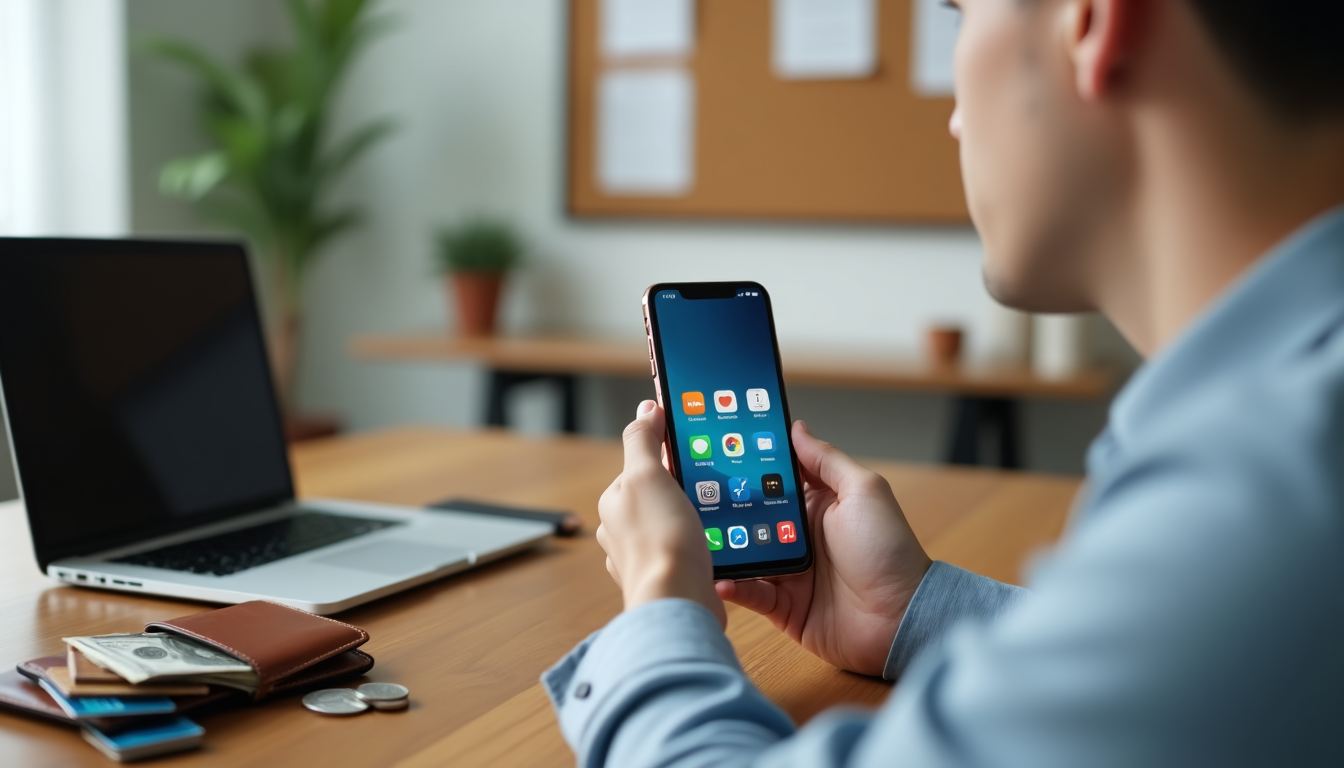
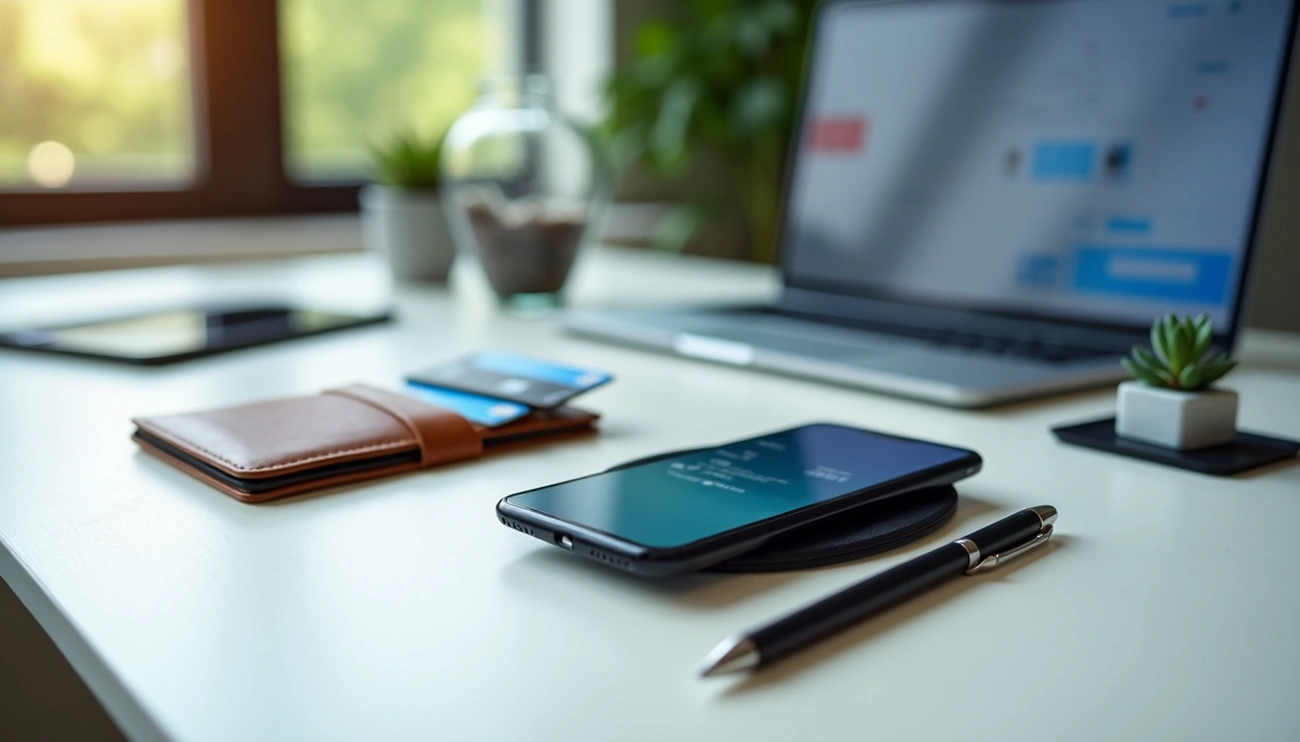

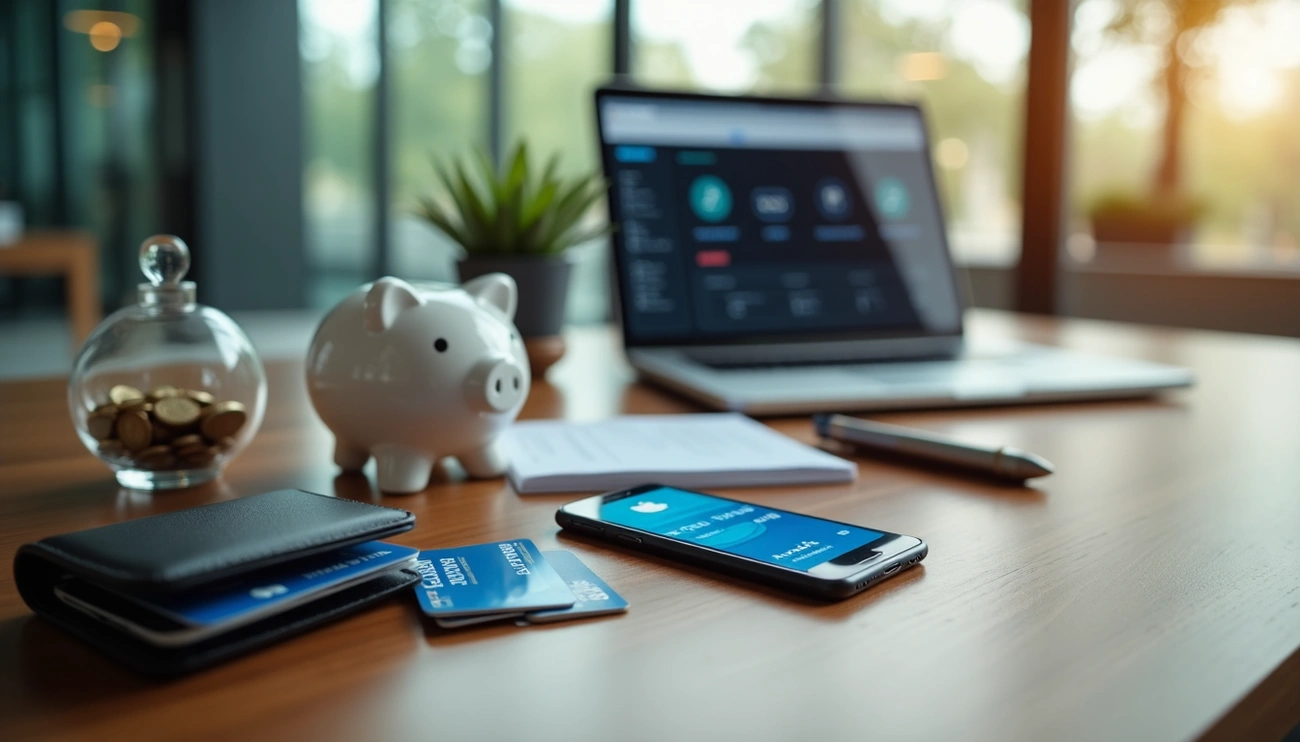


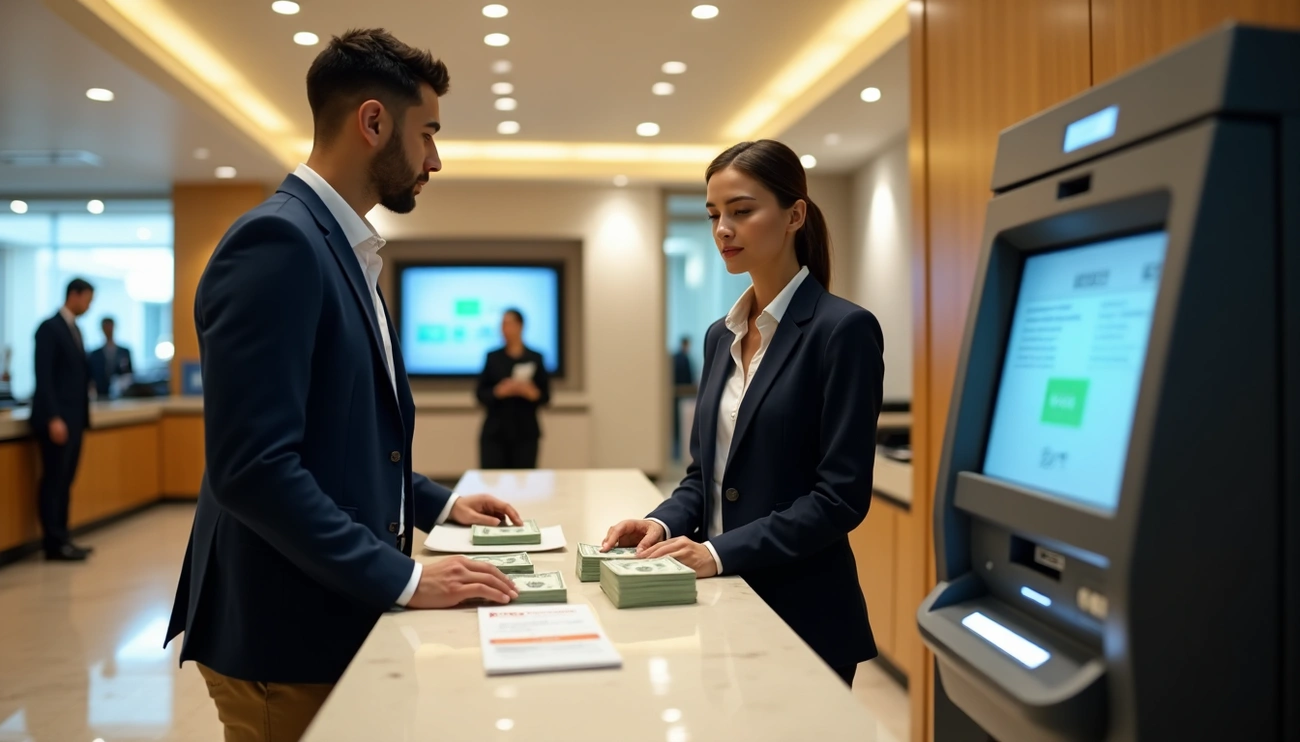


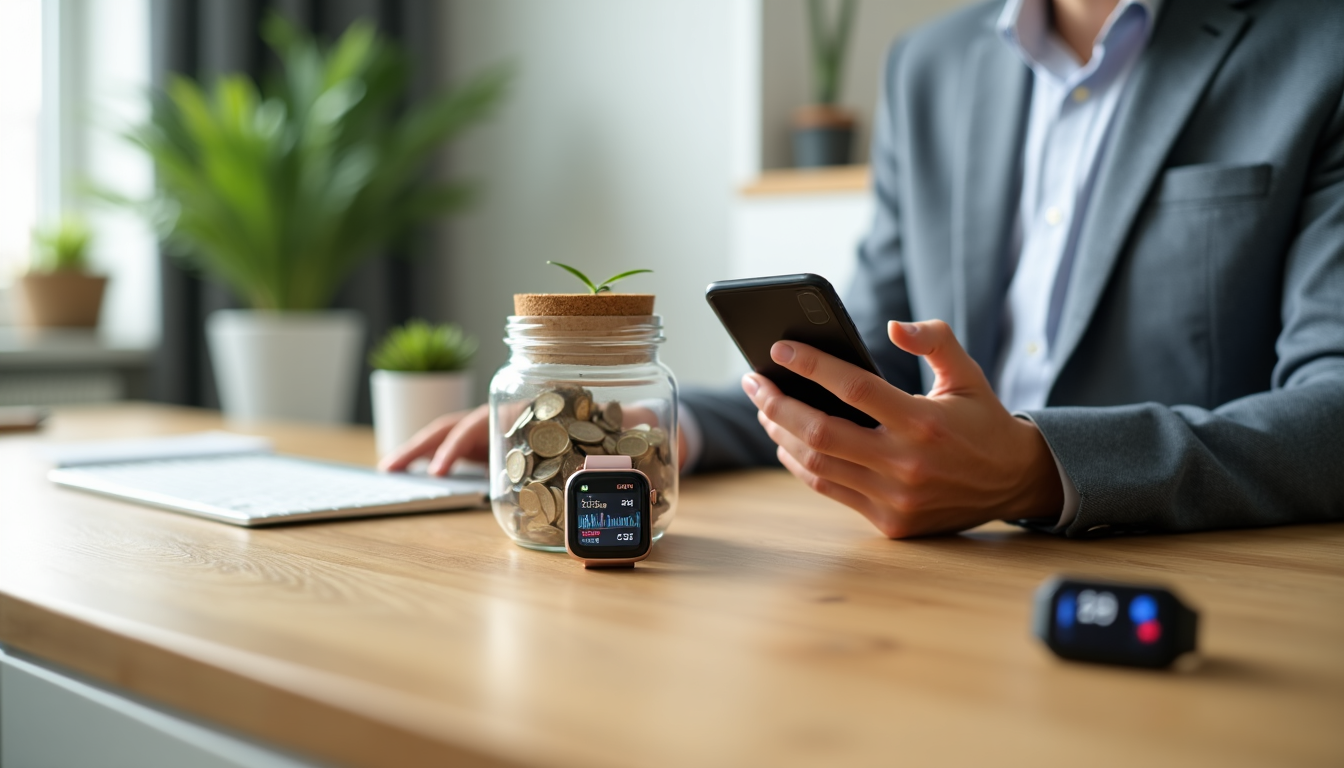




Leave a Reply